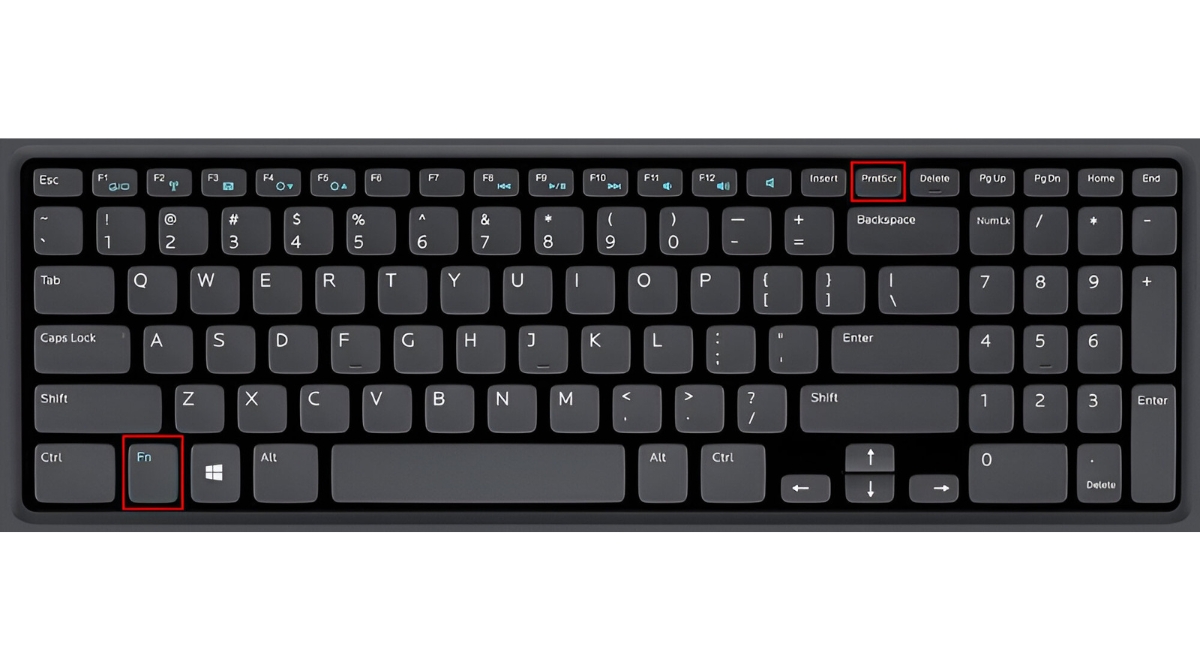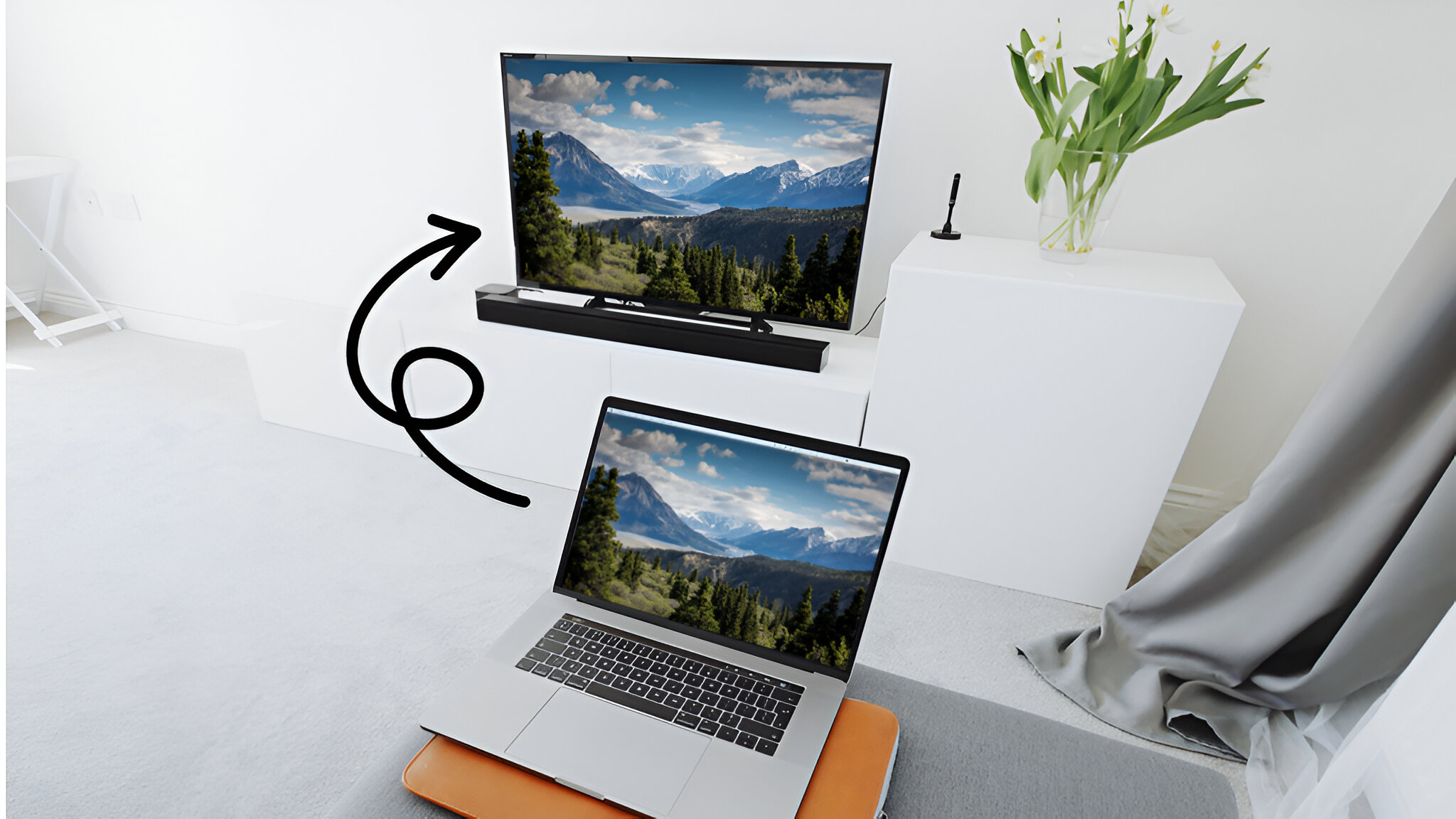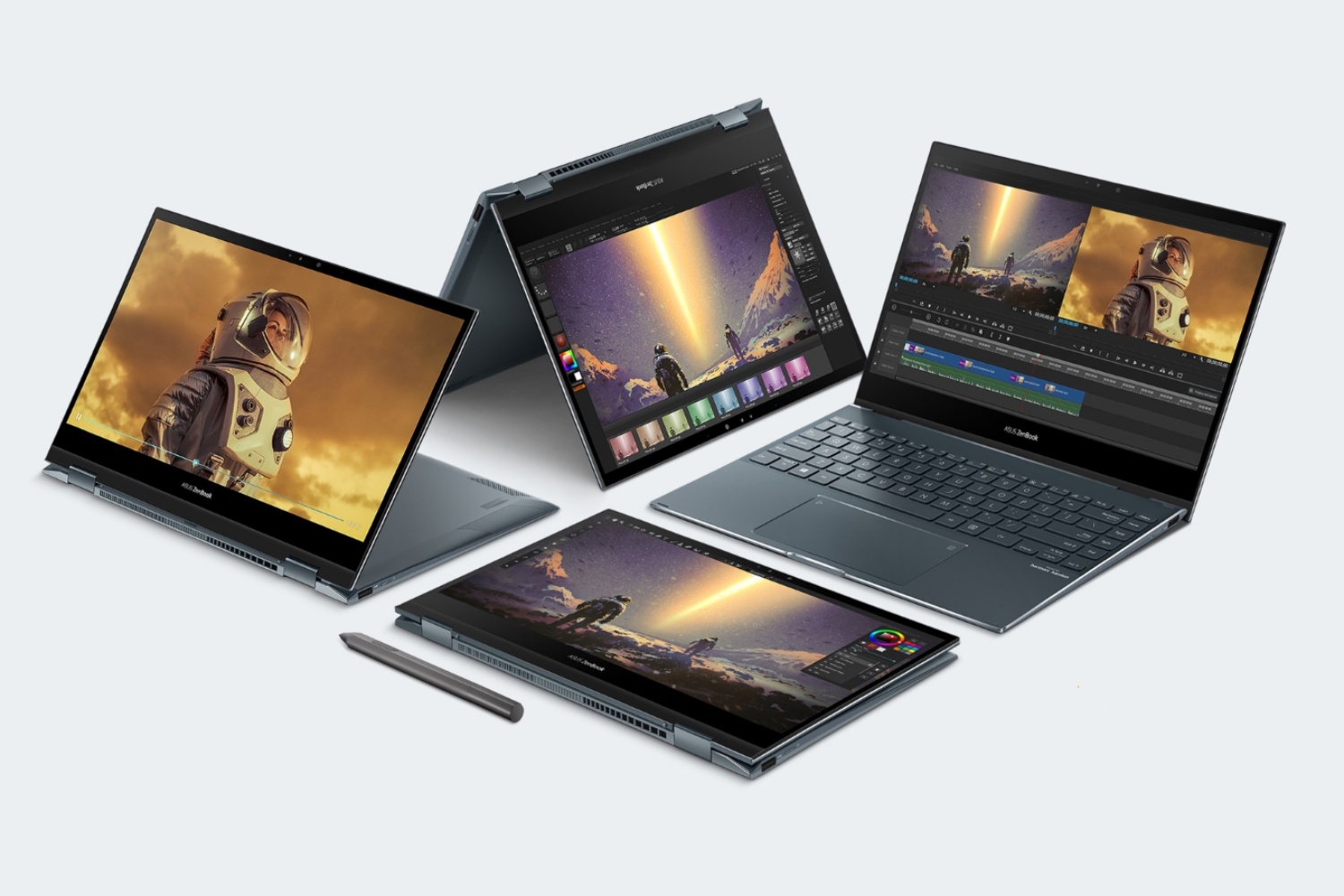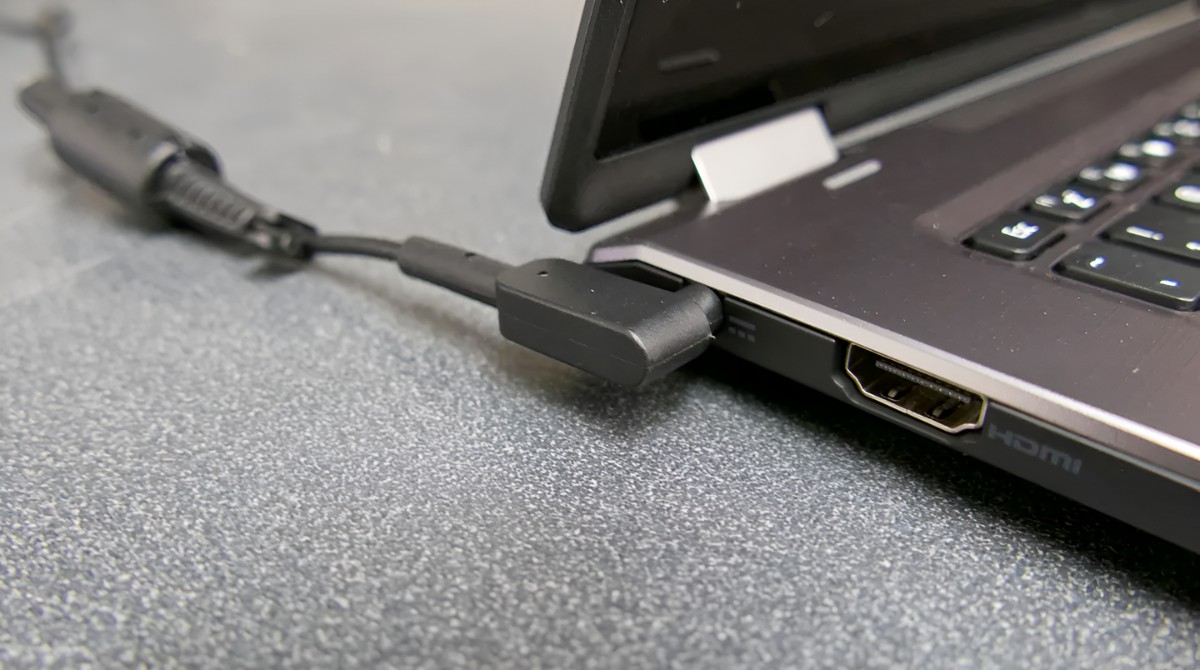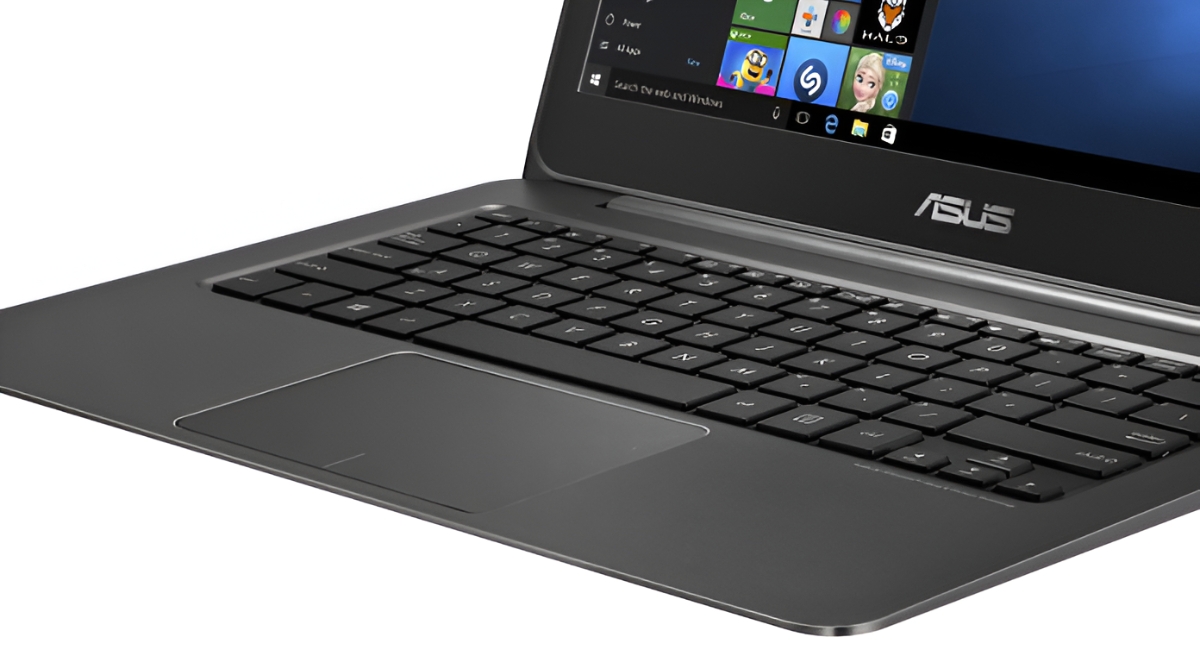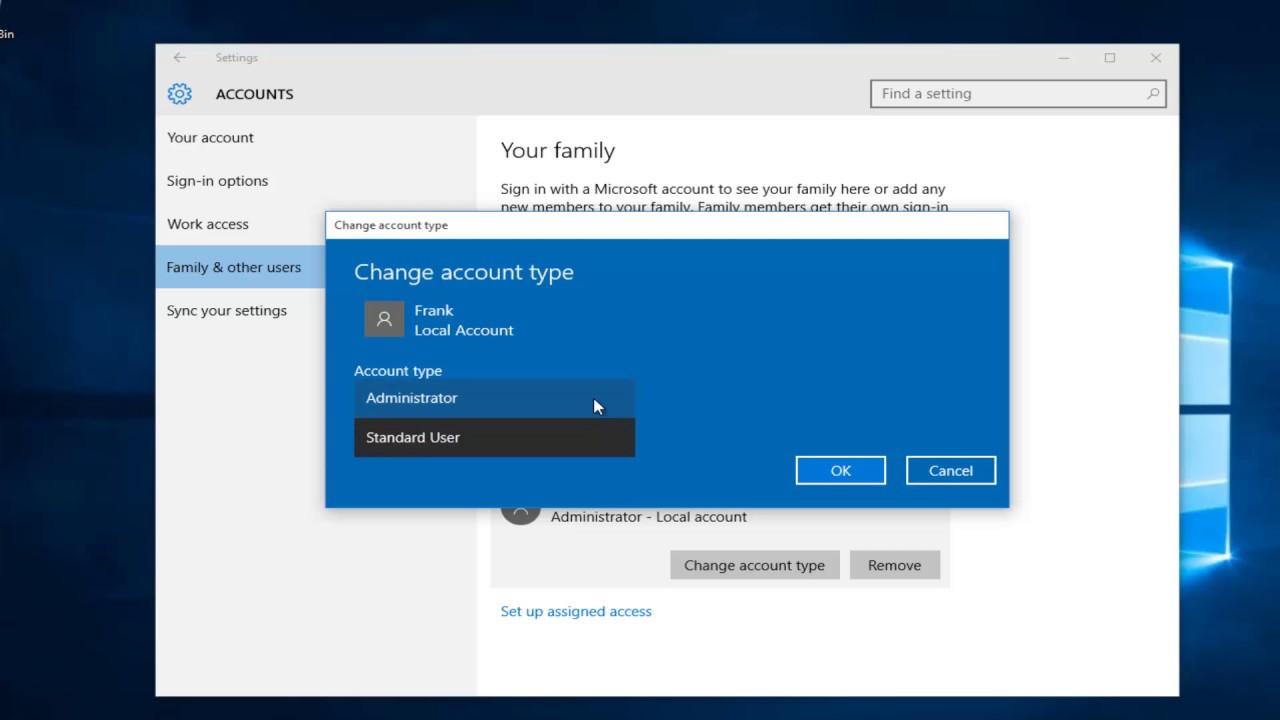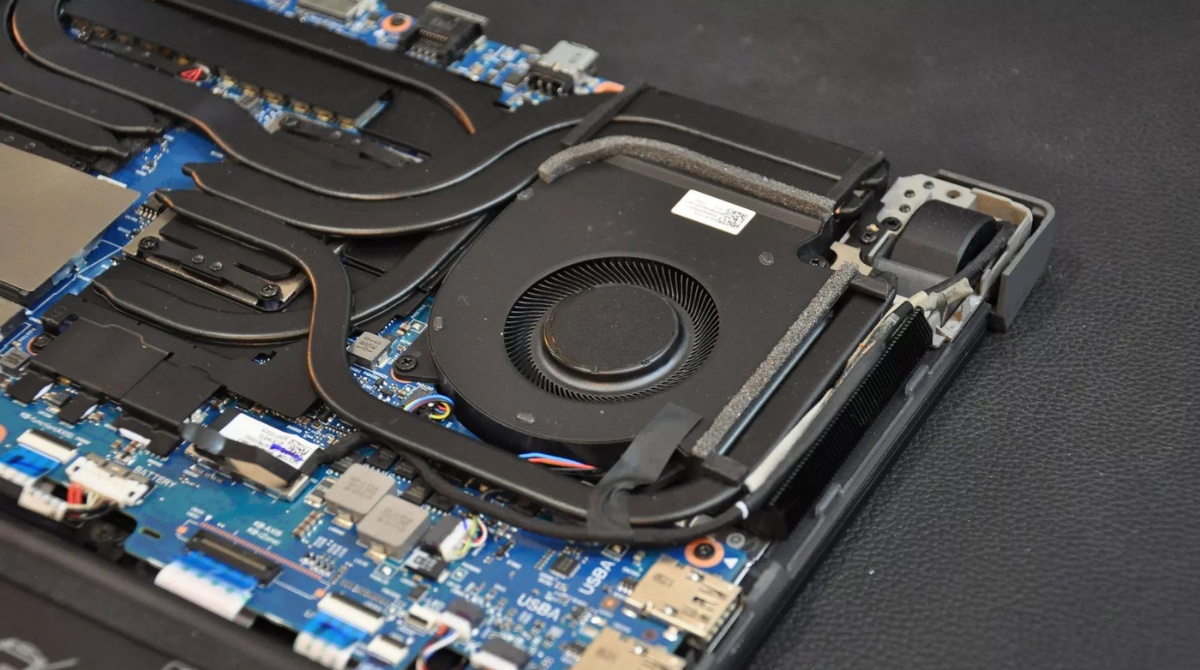Introduction
The ASUS Ultrabook is a sleek and powerful laptop that offers incredible performance and innovative features. Whether you’re a student, professional, or simply someone who loves to use technology to capture and share moments, knowing how to take screenshots on your ASUS Ultrabook is essential. Screenshots allow you to capture and save images of your screen, allowing you to easily share information, troubleshoot issues, or document important content.
In this article, we will guide you through various methods to take screenshots on your ASUS Ultrabook. We will explore both built-in and third-party tools that can be used to capture screenshots effectively. Whether you prefer using keyboard shortcuts or specialized software, we’ve got you covered.
Capturing screenshots on your ASUS Ultrabook can be a useful skill for a variety of tasks. As a student, you may need to take screenshots of webpages, lecture slides, or online research materials for future reference. Professionals might use screenshots to create presentations, document software bugs, or provide visual instructions to colleagues or clients. Additionally, if you’re a content creator, screenshots can be valuable assets for blog posts, tutorials, and social media content.
By learning different screenshot methods, you’ll have the flexibility to choose the option that best suits your needs. So let’s dive into the various methods and explore how to take screenshots on your ASUS Ultrabook. Whether you’re using the latest ASUS ZenBook, ASUS VivoBook S, or any other model in the ASUS Ultrabook lineup, these methods will work seamlessly.
Now, let’s get started with the first method: using the Windows key.
Step 1: Using the Windows Key
One of the easiest and most common methods to take a screenshot on an ASUS Ultrabook is by using the Windows key. This method relies on the built-in screenshot functionality provided by the Windows operating system. Here’s how you can do it:
1. Make sure the content you want to capture is displayed on your screen.
2. Locate the Windows key on your ASUS Ultrabook’s keyboard. It is usually located between the Ctrl and Alt keys, and it has the Windows logo on it.
3. Press the Windows key along with the PrtScn (Print Screen) key simultaneously. On some Ultrabook models, you may need to use the Windows key in combination with the Fn key and the PrtScn key.
4. After pressing the key combination, your screen will darken momentarily, indicating that the screenshot has been successfully captured. The screenshot will be saved automatically in the Screenshots folder in the Pictures directory of your Windows user account.
5. To locate the captured screenshot, open the File Explorer on your ASUS Ultrabook and navigate to the Pictures directory. Then, open the Screenshots folder, where you will find the captured screenshot in PNG format.
Using the Windows key method is straightforward and requires no additional software or tools. It is ideal for quickly capturing the entire screen without any customization options. However, keep in mind that this method captures the entire screen, including taskbars, open windows, and background images.
Now that you know how to take a screenshot using the Windows key, let’s explore another method: using the Print Screen key.
Step 2: Using the Print Screen Key
If you prefer more flexibility in capturing screenshots on your ASUS Ultrabook, you can use the Print Screen key. This method allows you to capture the entire screen or a specific window and gives you the freedom to edit or crop the screenshot later. Follow these steps to use the Print Screen key:
1. Display the content that you want to capture on your screen.
2. Locate the Print Screen (PrtScn) key on your ASUS Ultrabook’s keyboard. It is usually located in the top row, alongside other function keys.
3. Press the PrtScn key to capture a screenshot of the entire screen. The screenshot will be stored in the clipboard.
4. To capture the screenshot of the active window only, press the Alt key along with the PrtScn key simultaneously.
5. Open an image editing software like Paint or Photoshop, and paste the screenshot from the clipboard by pressing Ctrl + V. This will allow you to edit, crop, or save the screenshot as per your requirement.
Using the Print Screen key method gives you more control over the captured screenshot. You can choose to capture the entire screen or a specific window depending on your needs. However, keep in mind that you need to use a separate image editing software to make any modifications to the screenshot.
Now that you are familiar with using the Print Screen key, let’s explore another method: using the Snipping Tool.
Step 3: Using the Snipping Tool
The Snipping Tool is a built-in screenshot utility that comes with Windows operating systems. It offers more advanced screenshot capturing options compared to the previous methods. The Snipping Tool allows you to capture a specific area of the screen or create free-form captures. Here’s how you can use the Snipping Tool on your ASUS Ultrabook:
1. Open the Snipping Tool. You can find it by typing “Snipping Tool” in the Windows search bar or by navigating to the Start menu > All Apps > Windows Accessories > Snipping Tool.
2. Once the Snipping Tool is open, click on the “New” button to start capturing a screenshot.
3. The screen will fade, and you’ll see a “+” cursor. Click and drag the cursor to select the area that you want to capture. You can choose to capture the entire screen, a rectangular area, a specific window, or a free-form shape.
4. After selecting the desired area, release the mouse button. The captured screenshot will then appear in the Snipping Tool window.
5. In the Snipping Tool window, you can annotate or highlight the captured screenshot using various tools like a pen, highlighter, or eraser.
6. To save the screenshot, click on the “Save” button and choose a location on your ASUS Ultrabook to store the image. You can save it in PNG, JPEG, GIF, or HTML format.
The Snipping Tool provides more versatility in capturing screenshots, allowing you to precisely select the portion of the screen you want to capture. It also offers basic editing options for annotations, making it a useful tool for creating visual documentation or tutorials.
Now that you are familiar with the Snipping Tool, let’s move on to another method: using the ASUS Screen Capture Tool.
Step 4: Using the ASUS Screen Capture Tool
ASUS Ultrabooks often come equipped with their own proprietary screen capture tool, designed specifically for ASUS users. This tool provides a convenient and user-friendly way to capture screenshots on your ASUS Ultrabook. Here’s how you can use the ASUS Screen Capture Tool:
1. Look for the ASUS Screen Capture Tool on your ASUS Ultrabook. It may be pre-installed or available for download from the ASUS Support website or the Microsoft Store.
2. Launch the ASUS Screen Capture Tool from your Start menu or desktop.
3. Once the tool is open, you may have various capturing modes to choose from, such as capturing the entire screen, a specific window, or a region. Select the desired mode according to your preference.
4. Use the designated capture buttons or hotkeys provided by the ASUS Screen Capture Tool to initiate the screenshot capture. These buttons/hotkeys may vary depending on the ASUS Ultrabook model and version of the tool.
5. After capturing the screenshot, the tool will typically offer editing options that enable you to annotate, crop, or enhance the image. Take advantage of these features to customize your screenshot.
6. Finally, save the screenshot to your desired location on your ASUS Ultrabook. The tool may give you the option to choose the image format and specify the file name.
The ASUS Screen Capture Tool offers an intuitive interface and additional features tailored to ASUS devices. This tool can be especially useful if you prefer a dedicated, ASUS-specific option for taking screenshots on your Ultrabook.
If your ASUS Ultrabook does not come with a built-in screen capture tool or if you prefer more advanced features, you can explore the option of using third-party software, which we will cover in the next step.
Now that you’ve learned about using the ASUS Screen Capture Tool, let’s move on to the final step: using third-party software.
Step 5: Using Third-Party Software
For users who require more advanced screenshot capabilities or specific features not available in built-in tools, third-party software can be a great option. There are many reliable and feature-rich third-party screenshot tools available for download. Here’s how you can use third-party software to capture screenshots on your ASUS Ultrabook:
1. Research and select a reputable third-party screenshot tool that meets your requirements. Some popular options include Snagit, Greenshot, ShareX, and Lightshot. These tools offer a wide range of features, such as capturing specific areas, editing screenshots, adding annotations, and even capturing scrolling web pages.
2. Visit the official website or app store of the chosen software and download it onto your ASUS Ultrabook.
3. Install the software following the instructions provided by the tool’s developer.
4. Launch the software and familiarize yourself with its user interface and features. Each software may have its own set of capturing methods, hotkeys, and editing options. Take some time to explore and customize the settings to your liking.
5. Once you’re ready to capture a screenshot, use the relevant hotkeys or click on the designated capture buttons in the software’s interface.
6. After capturing the screenshot, the third-party software may provide extensive editing options, allowing you to crop, add text, draw shapes, apply filters, or blur sensitive information.
7. Save the edited screenshot in your chosen format and location on your ASUS Ultrabook. Most tools offer options to directly save to specific folders or automatically upload to cloud storage.
Using third-party software provides a wide array of features and customization options, catering to specific screenshot needs. You can find tools that are suitable for professionals, gamers, or anyone who requires more control and flexibility in their screenshot capturing process.
It’s important to note that third-party software may come in both free and paid versions, with varying levels of functionality and usage restrictions. Evaluate your needs and consider the features and cost before selecting the most suitable tool for your ASUS Ultrabook.
With this final step, you are now equipped with various methods and tools to effectively capture screenshots on your ASUS Ultrabook. Choose the method that best fits your requirements and start capturing and sharing your screen in no time.
Conclusion
Capturing screenshots on your ASUS Ultrabook is an essential skill that can greatly enhance your productivity and communication. Whether you need to capture an entire screen, a specific window, or a customized region, you now have a range of options to choose from.
In this article, we explored five different methods for taking screenshots on your ASUS Ultrabook. We started with using the Windows key, which provides a quick and straightforward way to capture the entire screen. Then, we discussed using the Print Screen key, which allows for more flexibility in capturing and editing screenshots.
Next, we explored the Snipping Tool, a built-in utility in Windows that enables you to capture specific areas of the screen and provides basic annotation features. We also discussed using the ASUS Screen Capture Tool, which offers a user-friendly interface and additional features tailored specifically to ASUS devices.
Finally, we discussed the option of using third-party software, which provides advanced customizability and additional features for capturing and editing screenshots.
By mastering these methods, you can capture screenshots efficiently and effectively, whether you’re a student, professional, or content creator. Screenshots serve various purposes, from creating study materials and documentation to communicating ideas and troubleshooting.
Remember to choose the method that best suits your needs, taking into consideration the features, customizability, and ease of use. Additionally, explore the different tools and software available to find the one that suits your preferences and requirements.
Now that you have the knowledge and tools to capture screenshots on your ASUS Ultrabook, you can enhance your digital workflow and collaborate more effectively. So go ahead and start capturing those important moments and information with ease!







